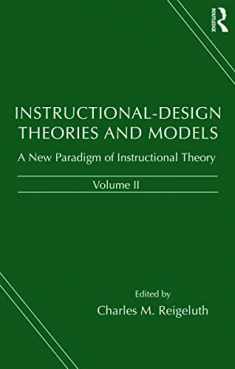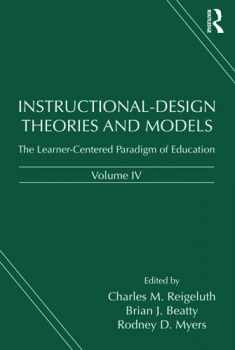
Instructional-Design Theories and Models, Volume III
Book details
Summary
Description
Instructional-Design Theories and Models, Volume III: Building a Common Knowledge Base is perhaps best described by its new subtitle. Whereas Volume II sought to comprehensively review the proliferating theories and models of instruction of the 1980’s and 1990’s, Volume III takes on an even more daunting task: starting to build a common knowledge base that underlies and supports the vast array of instructional theories, models and strategies that constitute the field of Instructional Design. Unit I describes the need for a common knowledge base, offers some universal principles of instruction, and addresses the need for variation and detailed guidance when implementing the universal principles. Unit II describes how the universal principles apply to some major approaches to instruction such as direct instruction or problem-based instruction. Unit III describes how to apply the universal principles to some major types of learning such as understandings and skills. Unit IV provides a deeper understanding of instructional theory using the structural layers of a house as its metaphor and discusses instructional theory in the broader context of paradigm change in education.


We would LOVE it if you could help us and other readers by reviewing the book
Book review





